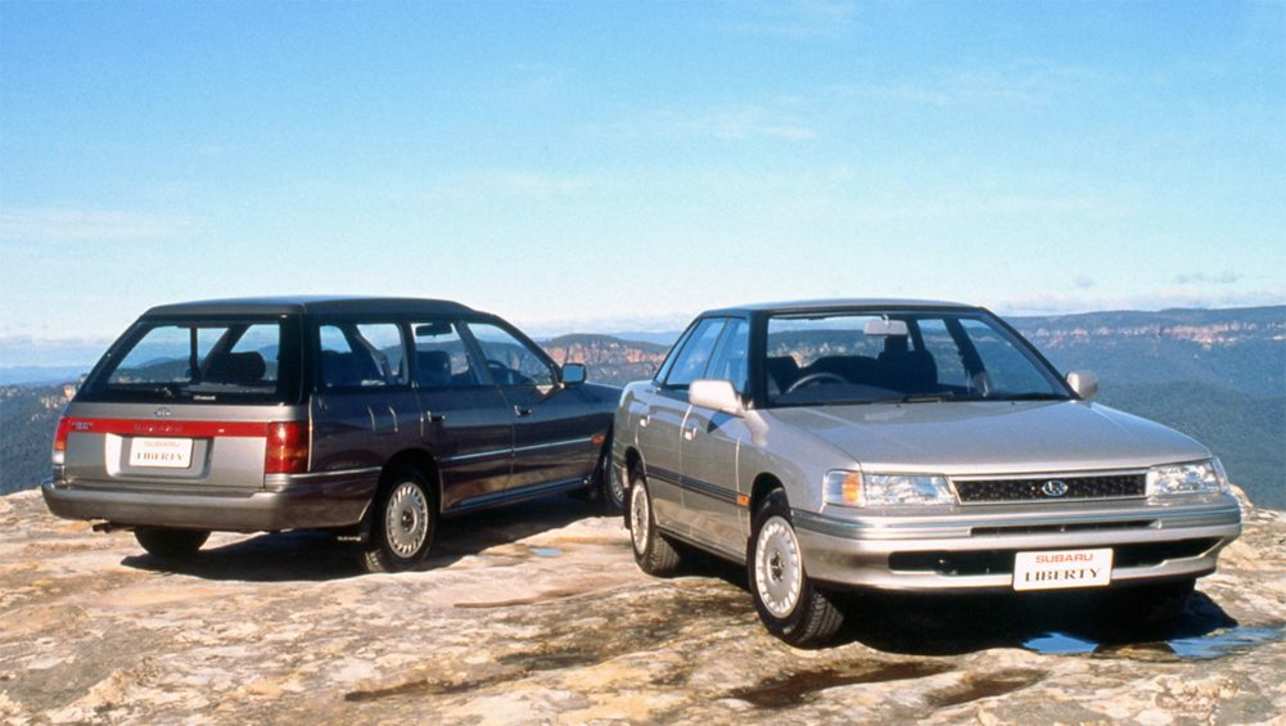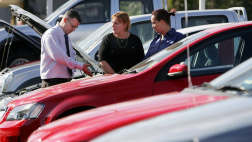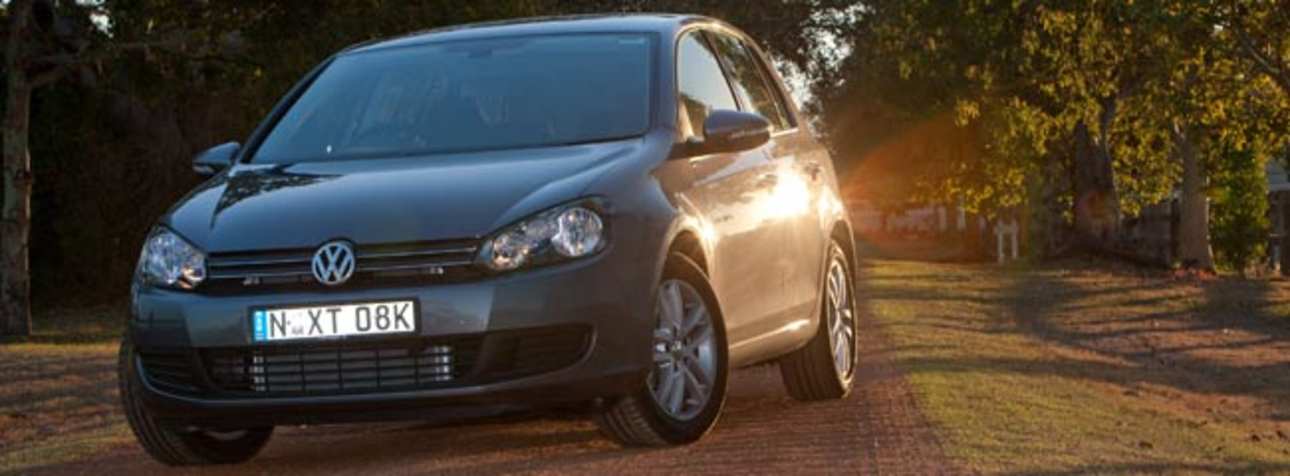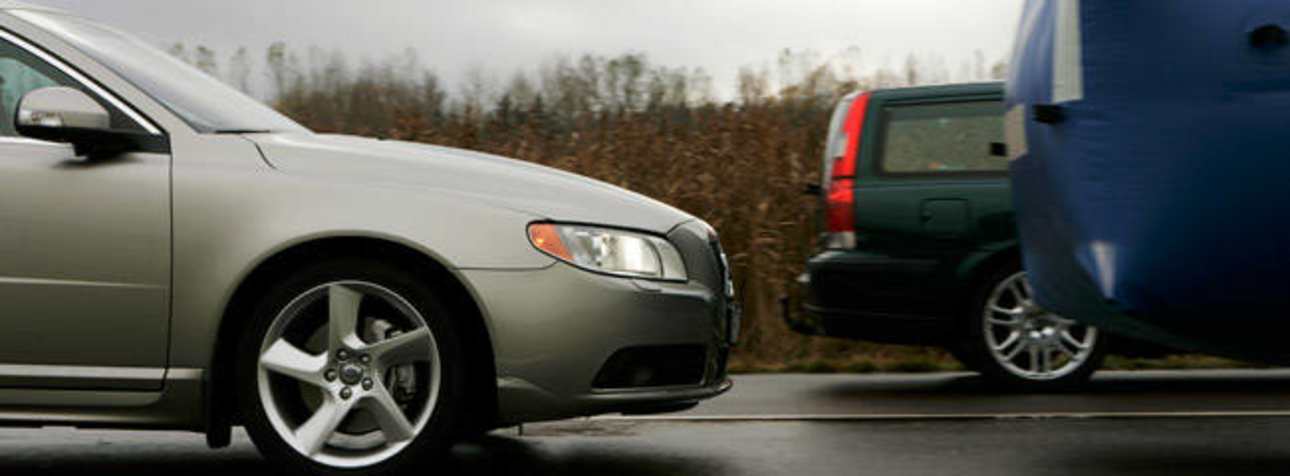It ranks up there with former Prime Minister, Bob Hawke's 1987 statement that by 1990 no Australian child would live in poverty.
But the safe Swede is not playing politics.
It really believes that by 2020 no-one should be killed or injured in a car wearing a Volvo badge and is taking measures to ensure that its vehicles comply.
It's a visionary declaration but one the head of safety strategy for the company, Jan Ivarsson, believes is attainable.
“We don't accept that people lose their lives in airplane accidents, so why should we regard car accidents as inevitable?” he says.
According to the World Health Organisation about 1.2 million people are killed and more than 50 million are wounded in traffic accidents every year.
By 2020, WHO says deaths from road accidents is set to rise to 8.4 million.
Delve further and the WHO statistics are revealing.
Road crashes rank nineth among the leading causes of disease burden worldwide, accounting for 2.8 per cent of all global deaths and disability.
A startlingly 50 per cent of all road accident fatalities involve people aged between 15 and 44 years.
The figures are similar in Australia, where under 30 year-olds are over-represented in fatality statistics and 22,000 people are seriously injured each year in accidents.
This causes incalculable impacts at all levels of society, on families, the workplace, as well as our health services and rehabilitation hospitals.
While applauding the merits of the Volvo initiative, Sydney-based road safety advocate, John Cadogan, is wary that some technologies could dumb down the actual skill of driving.
“And we don't educate drivers about what the real risks are either,” he says.
“There are heaps of distracting devices in cars and there is also that pesky concept that if you buy a safe car some people think you can drive a little more dangerously as a result.
“Psychologies call it risk homeostasis, that everyone's prepared to accept a certain amount of risk.”
With owners of really safe cars “there is a strong chance you'll take more liberties with safety down the track because you erroneously assume the car will protect you”.
Cadogan, who operates a website called crashprevention.
com.au, says there are identified areas of road safety concern in Australia but few drivers worry about them.
“In Australia 50 per cent of all road trauma occurs at intersections,” he says.
“And it's driver error.
“People think that the driver error that leads to all this trauma is just the guy who ploughs through a red light... but it's also an error on the part of the driver who notionally has the right of way because they don't check that everyone else is complying with the road rules.”
Carmakers may be inventing new ways of preventing and avoiding accidents and injury but it still comes down to the driver, he says.
“The biggest thing holding road safety back is drivers not giving a toss about driving,” he says.
“They don't think there is a much of a benefit to be derived from being good at driving.
“Drivers just don't take the act of driving seriously because they don't respect of have much appreciation for how hard it can bite you.”
Another issue perculiar to Australia is that the average age of our motoring fleet is more than 10 years old.
“That means the average Australia is more than a decade out on safety technology,” he says.
“The cutting-edge advances that you read about today won't really get into the hands of Joe Average until 2018.
“If Volvo produces a car that you can't die in in 2020, the average Australia won't be driving it until 2030 and a bit.
“Average Aussies are only just getting airbags and anti-skid brakes in their cars.”
Cadogan says there is no question road safety will improve dramatically if the age of the national fleet was lowered.
“And our most vulnerable drivers, our young drivers, are driving the oldest, crappiest and least safe cars on the roads and they're the ones more predisposed to crashing and injuring themselves.”
Volvo's Ivarsson says continuous research and enhancement of safety in and around our cars will be essential for achieving a safer driver environment and a collision-free future.
“In this aim we invite cooperation with authorities and the automotive industry,” he says.
The Volvo Cars Traffic Accident Research Team has investigated traffic accidents since 1970.
It is not alone in such research as several other carmakers, even our own local carmaker Holden in conjunction with the Monash University Accident Research Centre, has performed similar research.
Volvo's accident database contains information about more than 36,000 accidents involving its cars.
By using knowledge from real traffic situations in the research, it has learned how to design cars that offer high levels of in-car safety in a crash.
It says this is an important base when identifying high-tech solutions that can help to avoid or mitigate an accident.
Not only does Volvo study crashed cars, it also investigates driver behaviour in order to learn more about what can lead to hazardous traffic situations.
Other carmakers like Mercedes-Benz do similar work.
With secure data on the actual crashes, Volvo has broadened its research to include an overall view of safety.
Even if the technology to design a collision-free traffic environment is not yet in place, Volvo's safety experts know what they want to achieve.
They are now looking into the driver's whole motoring journey.
Volvo says the car's safety functions can be divided into five phases:
1. Normal driving: Driver kept informed on driving status and driver concentration;
2. Conflict: Driver involved in a potentially hazardous situation, but is able to cope with it;
3. Avoidance: Driver less capable of coping with the situation;
4. Damage reduction: Driver and car not capable of avoiding collision. Preparation for collision, reduction of crash forces; and
5. After collision: Driver offered assistance and rescue.
Volvo follows a principle that the driver should be in command.
The car' s”intelligence” should support the driver, for example by monitoring drowsiness or distraction.
It can also warn them when the distance to other cars is too short. It is not until the driver fails to react and a crash is imminent, that the car “takes over” from the driver, for example by auto-braking.
The lowered impact speed leads to less crash energy, which in turn increases the performance of the car's protective safety systems such as seatbelts, airbags and crumple zones.
Volvo plans to introduce safety technologies that detect and auto-brake for pedestrians and even auto-steer away from oncoming cars.
However, it recognises a collision-free future cannoth be obtained by itself alone.
Cadogan agrees with Volvo that safe traffic has three main stakeholders: the carmakers, the drivers and the owners of the infrastructure like government or companies that operate the roads.
But he says carmakers have done more than drivers and governments to improve safety.
Ivarsson says cooperation between road traffic authorities and the auto industry is important for safer driving.
“There is considerable safety potential in creating communication between cars and infrastructure,” Ivarsson says.
“Two cars could for example warn each other of queues or slippery roads. Infrastructure sensors could warn the driver of people or animals crossing the road.”
This requires that all cars speak the same “language” regardless of car brand, so international standards are needed.
The driver and passengers must understand the importance of following traffic rules and using the car's safety equipment.
Volvo has always been conscious of safety.
It invented the three-point seatbelt almost 50 years ago.
“At that time we believed it was so important to mankind that we offered the patent entirely free of charge to all manufacturers,” Ivarsson says.
“It is still regarded as the most life-saving safety equipment in cars.
“Nevertheless, many people still do not use it.”
And the person behind the wheel is the one mitigating factor in all of this.
“In an ideal world we would all be good drivers,” Cadogan says.
“But we don't live in an ideal world.”



.jpg)



.jpg)



.jpg)




























.jpg)

.jpg)

.jpg)
.jpg)







.jpg)
Comments